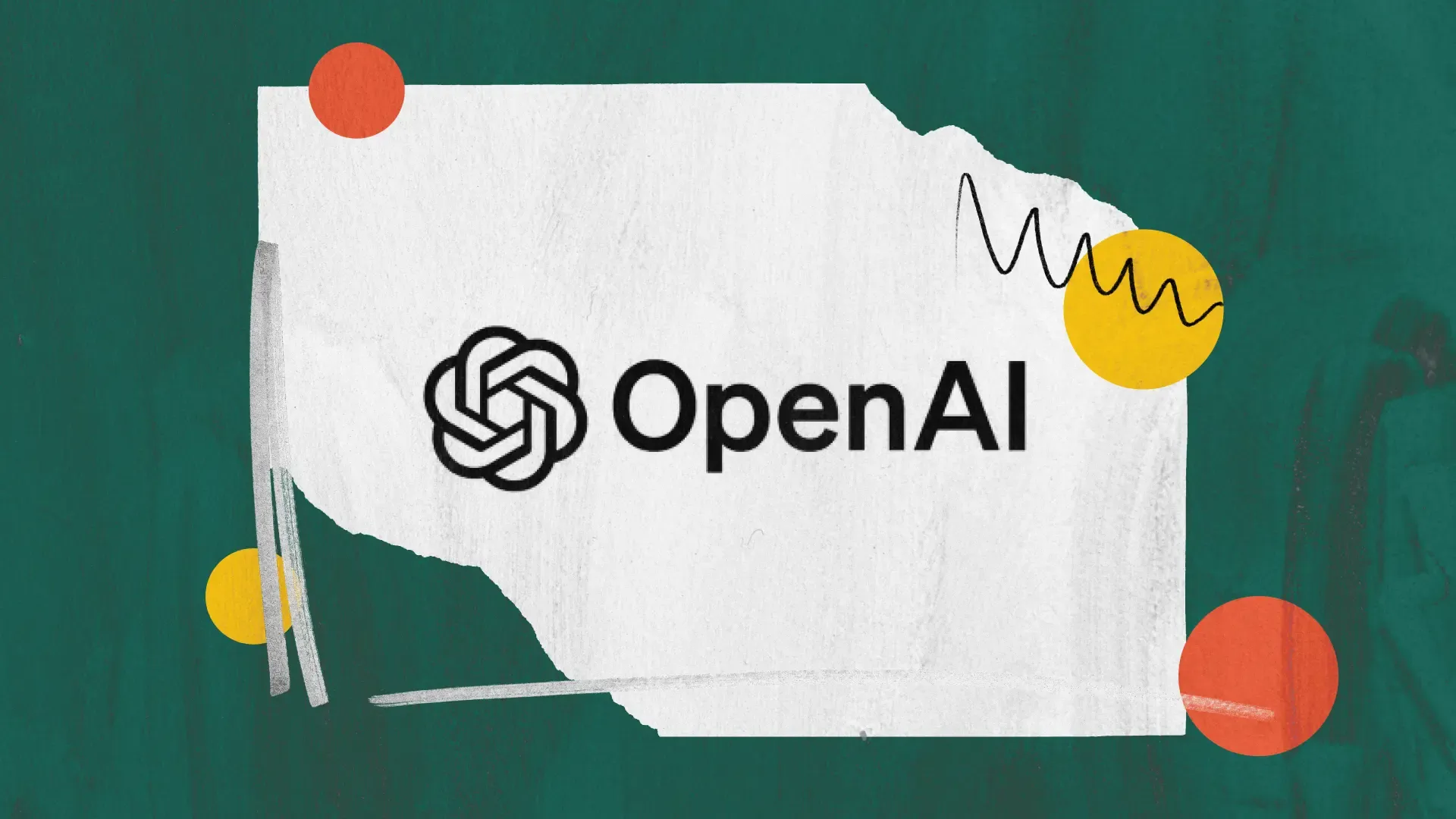Launching a new product is just the beginning. Ensuring that it reaches and resonates with the right audience requires a well-crafted Go-to-Market (or GTM) strategy.
A GTM strategy is a cross-functional action plan that lays out processes to acquire, retain, and grow a customer base. The goal is to define and execute a strategy that is repeatable and scalable, so that any growth experienced won’t just be a temporary blip.
Typically, sales and marketing are at the helm of this strategy, but given the need for a more scalable strategy, a new pillar of GTM has started to emerge.
Understanding product-led GTM
Product-led GTM elevates product as one of the main channels to increase, retain, and expand customers.
This differs from traditional sales and marketing-led strategies in several ways. Traditional approaches rely heavily on sales teams, extensive marketing campaigns, and often a high-touch sales process. This makes it much more difficult to scale these campaigns as teams are faced with more and more aggressive growth goals.
In contrast, product-led GTM leverages the product itself as the main vehicle for growth, focusing on the user experience and in-product interactions to drive adoption and retention. Not only does this bake GTM strategies into your customers' everyday interactions with the product, but it also gives your sales and marketing teams a wealth of information that can help them overcome many of the common pitfalls of traditional GTM.
Key components of a product-led GTM strategy
So how does this look in practice? There are a few key pieces that contribute to a successful, scalable, and tailored product-led GTM strategy.
[Graphic: list out all key components]
Hands-on experience vs. form fills and emails
Traditionally, many GTM strategies have relied heavily upon getting those coveted form fills on gated content or demo requests. But the odds are stacked against you here. On average, SaaS companies who rely on form fills experience a conversion rate of about 2.4%.
And of the 2.4% of people who give you their email, a lot of email nurture is typically involved. So you’re still at the mercy of your leads opening your email and taking additional conversion actions. This all leaves too much to chance and can make it far too easy to burn through resources with little actual results.
That’s why product-led GTM prioritizes hands-on experiences, giving prospective customers more of a “try before you buy” option. This means providing users direct access to the product as early as possible.
Think of how many “freemium” products are out there—this is product-led GTM in practice. Many SaaS tools like Slack, Notion, Mailchimp, and many other extremely successful companies use limited free access as a highly valuable marketing and sales tool.
Even for more complex products where the freemium model may not make sense, options like free trials or interactive demos can help entice potential customers more than a datasheet, blog post or webinar ever could since they’re able to experience the benefits firsthand without an initial financial commitment.
Leveraging user insights
One of the main needs for a successful GTM strategy, and yet it’s also one of the biggest challenges, is to deeply understand your users' pain points. And further than that, you need to understand how your product addresses those pain points.
Lauren Moon, Co-founder at Trestle Marketing stressed this tip: “For effective GTM, my number one tip is to understand your customer’s pain points so well it feels like you’re having those same frustrations [as well].”
By getting prospective users in your product earlier and putting measures in place to collect feedback from all users, it makes it much easier to identify pain points (both for your users in general and in your product) and make continuous improvements to craft a product that is the ultimate painkiller.
Collecting feedback in the right way and at the right time is central to user-centric product development. Product-led GTM introduces the use of micro-surveys, which are one of the best tools for collecting highly targeted, relevant feedback from users in your product.
Microsurveys, as the name suggests, are small, targeted surveys that are embedded within the product experience. They can help you collect specific user feedback without disrupting the user experience. This allows you to dig into certain parts of the experience to gauge things like ease of use, satisfaction, or future improvement recommendations while the user is still experiencing the exact touchpoint you want to investigate.
Of course, this can help you understand things like areas of confusion and points of frustration, but it can also help you collect broader information about pain points and where their needs aren’t being addressed by your product, which can inform future developments.
And you can get pretty sophisticated with this strategy now. Using tools like Commandbar, you can set up complex triggers for these surveys, ensuring that you’re capturing highly relevant and highly analyzable data.
Seamless onboarding experiences
First impressions are everything. And the first couple of experiences in your product are going to determine many of the ways that users view the rest of the experiences. So in order to have a successful product-led GTM strategy, you need to make sure that your onboarding experience sets the tone for positive, impactful interactions with your product.
Especially if you’re leaning into a freemium model or a free trial, how easily and enjoyable users are able to get going in your platform will be a huge determinant of the number of users who stick around long enough to upgrade to a paid version.
But since retention is also an important component of product-led GTM, onboarding is another important consideration when it comes to paying customers, too. The stats prove this point:
- 89% of potential customers will consider switching to other solutions if the onboarding process for a tool they're currently using is complicated
- 78% of users said they expect to learn how a new software tool works in a week or less. (34% said a day or less)
So how can great onboarding look in a product-led GTM strategy? We’ve pulled out some best practices:
- It should be based on user intent.
- Customers should be able to understand the app and interact with the platform within minutes
- It should be pleasant and free of distracting notifications.
- There should be self-service help resources to dig deeper and answer personalized questions.
- Users should have a clear roadmap and expectations for how the onboarding process will look.
Incorporating interactive tools like product tours, personalized checklists, and even AI-powered user assistants helps to get ahead of any potential confusion or frustration that your customers may face and gives them the power to more immediately unlock the potential of your platform.
We know that you’ve built some great products, but where most fail is that customers aren’t able to quickly grasp the value or use it savvily. Onboarding helps to nip this possibility in the bud, helping you upgrade and retain your customer base.
Personalization
We’ve all probably heard this stat at one point or another: 71% of all consumers expect personalized experiences. So a one-size-fits-all approach to GTM simply doesn’t cut it. And while there is only so much one-to-one personalization in marketing or sales campaigns that you can do in a scalable way, luckily there are much more opportunities in product-led GTM.
Product-led GTM strategies naturally lend themselves to scalable personalization because they leverage the product itself as the primary means of engagement. Product interactions can be dynamically tailored based on user data and behavior. This lets you personalize to a really high degree without having to raise your budget in tandem.
Since the users you’re targeting are already in the product to some extent, you’re able to continuously collect and analyze user data to refine and improve your personalization efforts. For example, you can set up triggers that send certain messages or prompt a product tour when a user takes a specific action. So, for example, you may know that users who are new to a certain feature typically experience frustration due to its complexity. As soon as they enter that section of your product for the first time, you could trigger an interactive product tour that walks them through some of the areas they’re likely to be confused about.
You can also scale this personalization more “intelligently.” Yes, that’s a cheesy AI pun.
What better personalization is there than a real-time conversation with a human? Only with AI, you don’t even need a human. AI agents like our Copilot adapt to users' needs in real time, whether it’s providing immediate support, helping them explore their curiosities about the product, or starting a conversation to collect feedback. Because it feels so human, users feel like they’re getting that white-glove experience.
Hands-off for you, hands-on for customers
When you really think about it, product-led GTM is a win/win. Not only does your team get to rely on your product and the rest of the user assistance stack that you surround it with to do a lot of the heavy lifting for you, but your customers (and potential customers) get to get that valuable hands-on time with your product. There couldn’t be a better recipe for success.

















